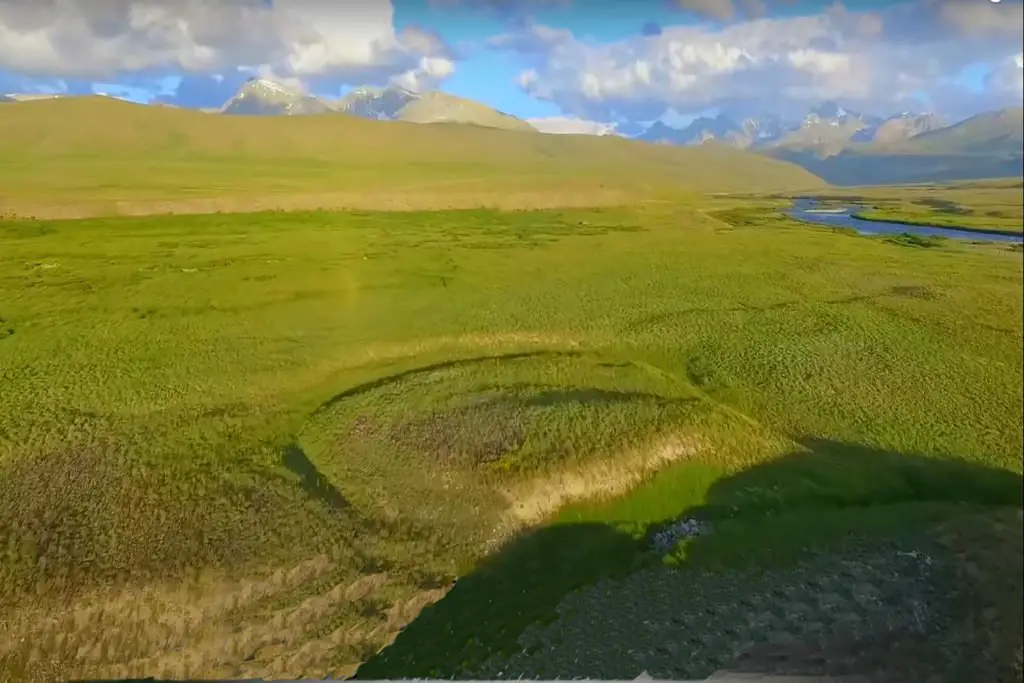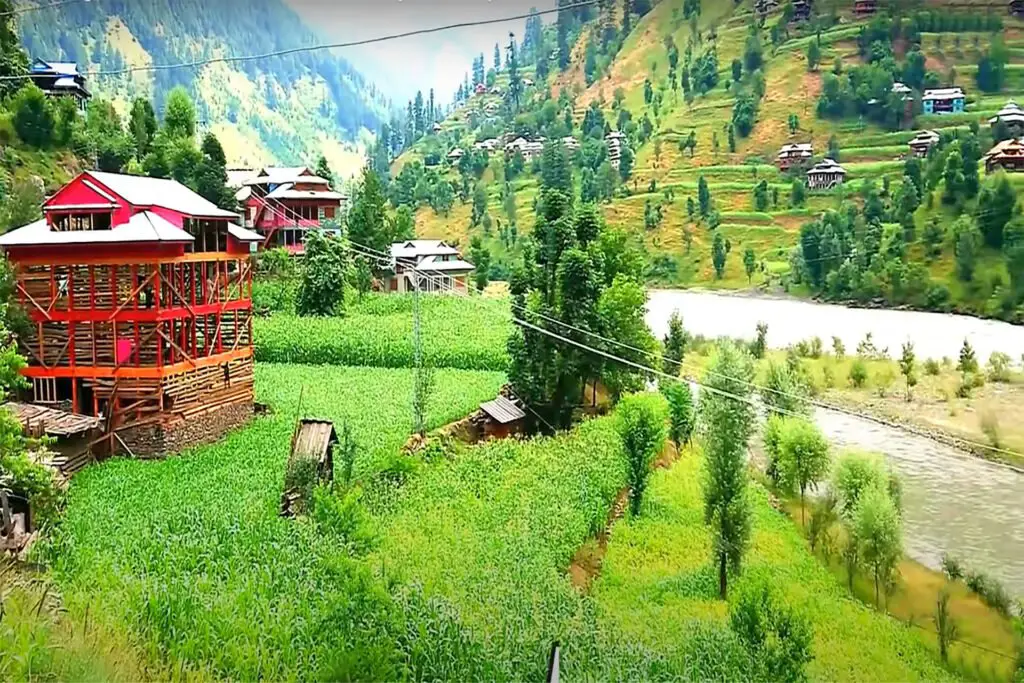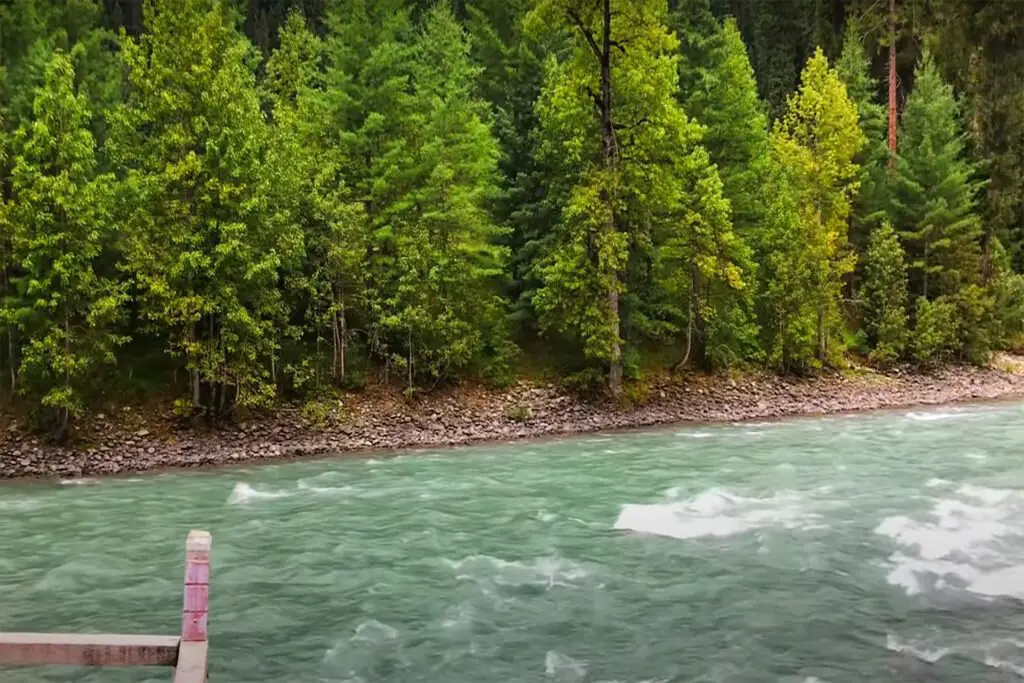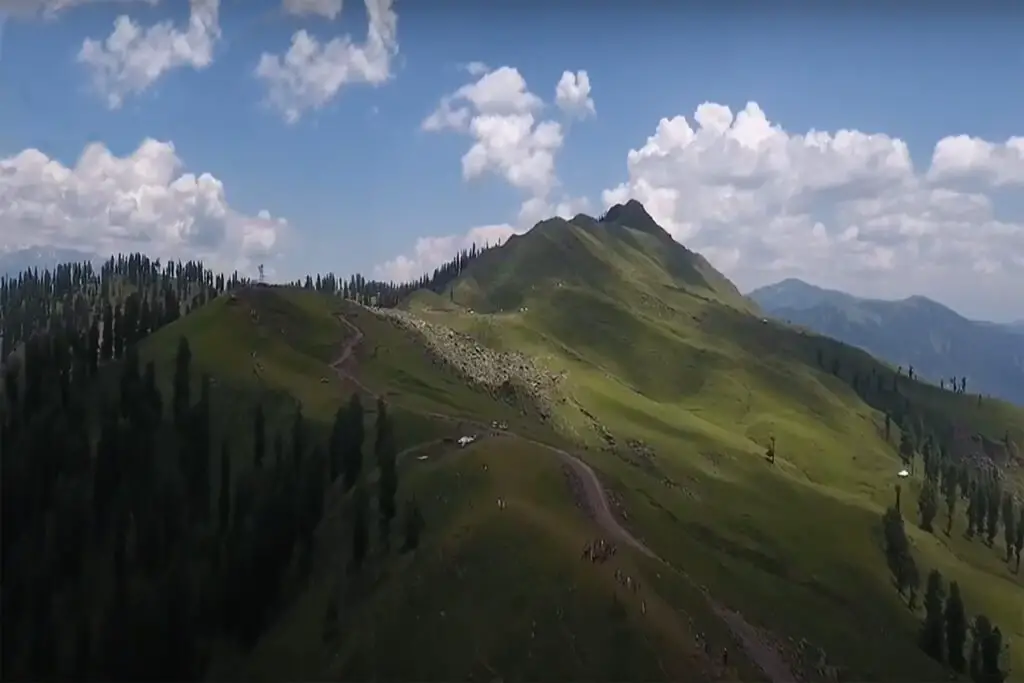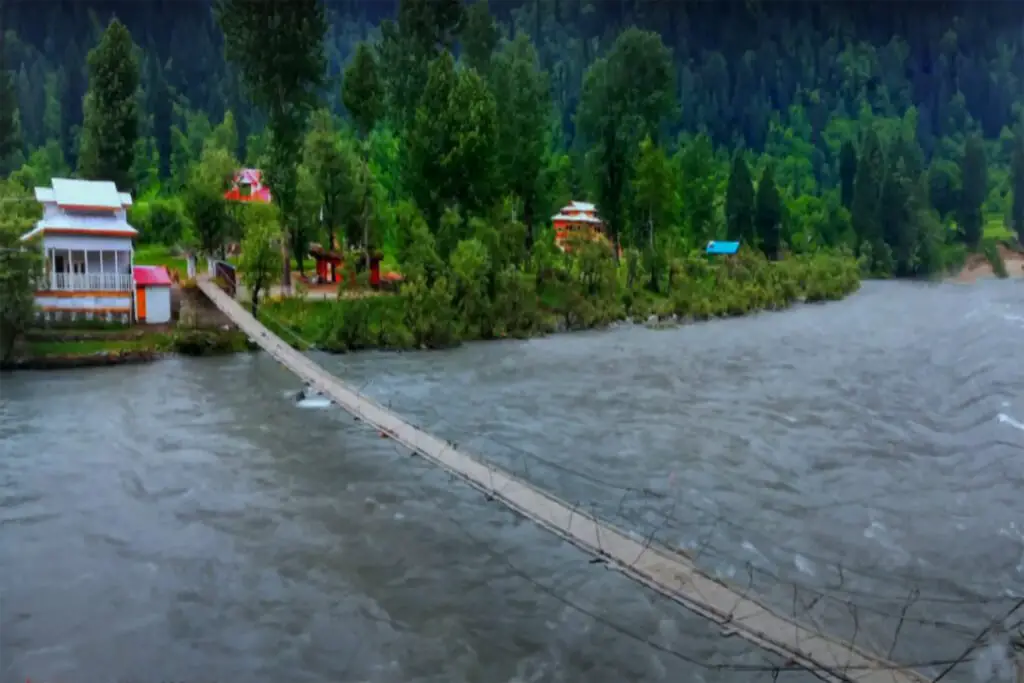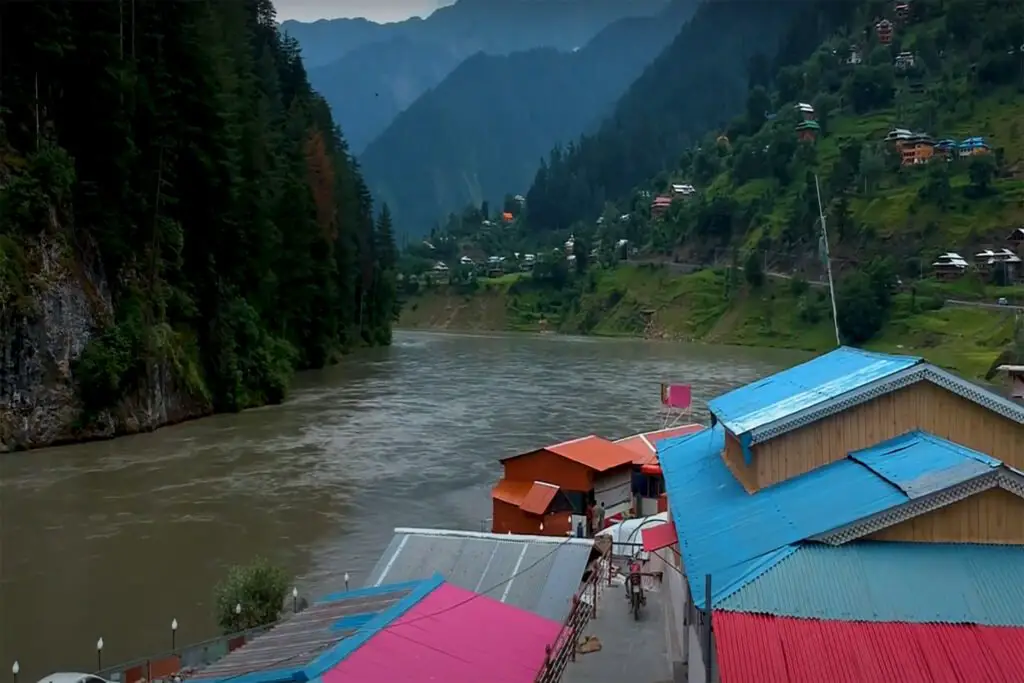Deosai National Park or Deosai Plains is a high plateau and National Park, located between the Skardu region, Astore, and Kharmang in Gilgit Baltistan. Most of the area of Deaosai Plains falls into the Skardu region.
Deosai National Park Location
Deosai Plains is located at an altitude of 4,114 meters (13,497 ft) above sea level and is considered the second-highest point in the world. Deosai is called the Land of the Giants because it is believed that in ancient times the plateau was inhabited by giants.
Deosai Plains History
The name came from the traditional story of Muhammad Muhammad Baksh in his poem, “Saif al-Mulook”; the word ‘Deosai’ means ‘Shadow of the Giant’: the word “Deo” is an abbreviation of ‘Deva’, and the word ‘Sai’ is another ‘Saya’ meaning ‘Shadow’. Sai or Sain is also an abbreviation for swami or king.
The people of Balti call this place ‘Ghbiarsa’ meaning ‘Summer Place’ because it is only available in summer.
Deosai National Park Area and Height
Deosai National Park is located west of the Himalayas in Gilgit Baltistan (GB), Pakistan. It has an elevation of 4,114 feet (13,497 ft) above sea level, making Deosai Plains the second-highest plateau in the world after the Changtang Tibetan Plateau.
The park protects an area of 843 square kilometers (325 sq mi). It is best known for its rich flora and fauna of the Karakoram-West Tibetan Plateau alpine steppe eco-region. In the spring, it is covered with a sweep of wildflowers and a variety of butterflies.
Deosai Plains
The soil of this area is highly eroded, hardy, and mixed with rocks and stones of various shapes and sizes. In the flatlands between the mountains, the soil is deep with lush wetlands.
Deosai Park History
Deosai National Park was established in 1993 to protect the survival of the Himalayan brown bear and its habitat. Having long been a staple food for hunters and hunters, the bear now hopes to survive in Deosai where its population has increased from only 19 in 1993 to 40 in 2005.
In 1993, after a major contribution to Deosai’s appointment as a National Park, the Himalayan Wildlife Foundation (formerly the Himalayan Wildlife Project) was established with significant international financial support. The Himalayan Wildlife Foundation has run two entrance checkpoints and a field research camp in Deosai for almost a decade.
The paperwork was completed by the Himalayan Wildlife Foundation for the provision of Park management to the Northern Forest Department and the department that has been managing the park since 2006. Despite the pressures that existed in the 1990s, such as poaching and poaching. has declined, the brown bear is still in danger due to pressures such as an increase in the number of visitors and the use of park areas for grazing.
Deosai National Park Animals & Birds
Deosai Plains is home to Siberian ibex, Snow Leopard, Kashmir Musk Deer, Himalayan wolf, Himalayan marmot, and more than 124 species of living and migratory birds. Birds in the park include the Golden Eagle, Lammergeier, Himalayan Vulture, Laggar falcon, Peregrine falcon, Eurasian Kestrel, Eurasian Sparrowhawk, and Himalayan snowcock.
Deosai National Park Plants
The following types of plants are found in Deosai:
Artemisia maritima, Polygonum affine, Thalictrum Alpinum, Bromus Oxyodon, Saxifraga Flagellaris, Androsace mucronifolia, Aster flaccidus, Barbarea vulgaris, Artemisia maritima, Agropyron longe Nepeta connate, Carex cruentas and lamples, Carex cruentas and laculauculasis, Ramplex cruentas and laculauculasis, Ramplex cruentas and lamples, Ramplex cruenta, Ramplex, Ramplex, Ramplex, i,, Seria chrysanthenoides, Artemisia maritima, Dracocephalum nutsus, Anapalas contorta, Chrysopogon echinulatus and Dianthus crinitus.
Also known are the medicinal plants of the area i.e.
Thymus Linearis (Reetumburuk), Saussures lappa (Kuth), Ephedra Intimedia (Say), Viola Canescens (Skora-Mindoq), Dracocephalum Muristanicum (Shamdun), and Artemisia maritima (Bursay) etc. are used as traditional medicine.
Route to Deosai
Deosai is located in the Skardu region to the north, Galtari Kharmang District in the southeast, and Astore in the west. It is also accessible from Mehdiabad via Mehdiabad-Dapa road. Deosai is located about 30 kilometers from the town of Skardu, which is the shortest way to visit Deosai.
Another route from Astore Valley passes through Chilim. It is also found in the valley of Shiloh. The people of Galtari traveled by Deosai. Once a national park, Gujjar-Bakwarwal travels long distances to use Deosai National Park as a pasture. There is another route called Burgi here via Tsoq Kachura Valley Skardu.
Best time to Visit Deosai
The best time to visit Deosai National Park is from mid-June to August when Deosai is full of wildflowers. Deosai is actually a very high plateau. It is the second-highest plateau on Earth after the Chang Thang Plain of Tibet. So July is the best time to visit Deosai.

